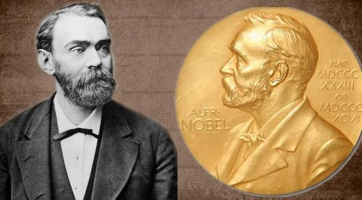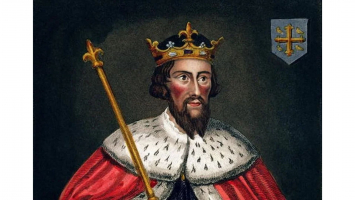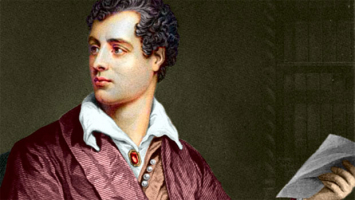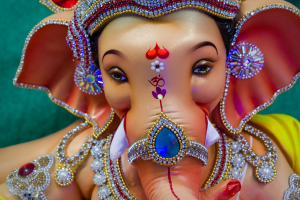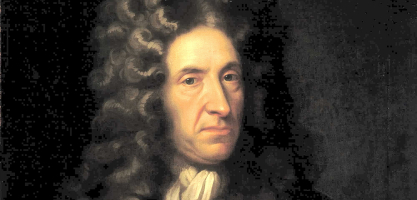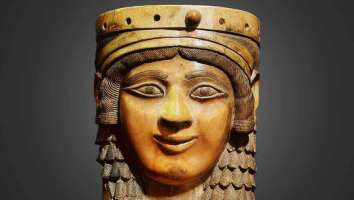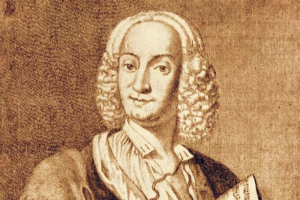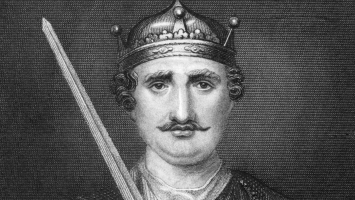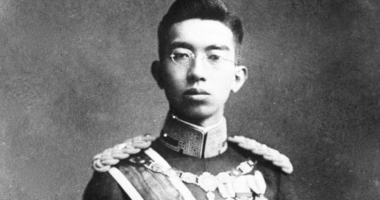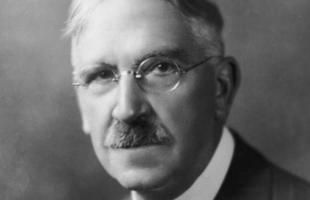Top 4 Facts about Alfred Lord Tennyson
Alfred Tennyson, 1st Baron Tennyson FRS was an English poet. He served as Poet Laureate for a sizable portion of Queen Victoria's reign. The Pre-Raphaelite ... read more...Brotherhood was greatly influenced by the medievalism and potent visual imagery of Tennyson's early poem. And here are some facts about Alfred Lord Tennyson!
-
On August 6, 1809, in the village of Somersby in Lincolnshire, Alfred Tennyson was born. He was Elizabeth Fytche and George Clayton Tennyson's ninth child. Despite having noble and royal lineage in his family, Tennyson came from a middle-class background. His father, George Clayton Tennyson (1778–1831), was a member of the Anglican clergy who held the positions of vicar of Grimsby, rector of Benniworth (1802–1831), and rector of Somersby (1807–1831).
Tennyson got his start in poetry as a youngster. He began composing a 6, 000-line epic at the age of 12 in the style of Sir Walter Scott. Other young role models included Percy Bysshe Shelley and Lord Byron, whose passing in 1824 he particularly lamented. Tennyson, just 14 years old, wrote The Devil and the Lady, a play that expertly imitated Elizabethan comic verse.
From 1816 until 1820, Tennyson attended King Edward VI Grammar School in Louth. In 1827, he enrolled in Trinity College in Cambridge, where he became a member of the Cambridge Apostles, a covert organization. Trinity's collection includes a George Frederic Watts portrait of Tennyson. Tennyson made his closest pals, Arthur Hallam and William Henry Brookfield, at Cambridge. When they were teenagers, Alfred and his two older brothers began writing poetry. From 1816 to 1820, Alfred Tennyson attended the Louth Grammar School. Another fascinating information about Alfred Lord Tennyson is that he graduated from Scaitcliffe School Trinity College, Cambridge, in 1827.

Photo: National Portrait Gallery 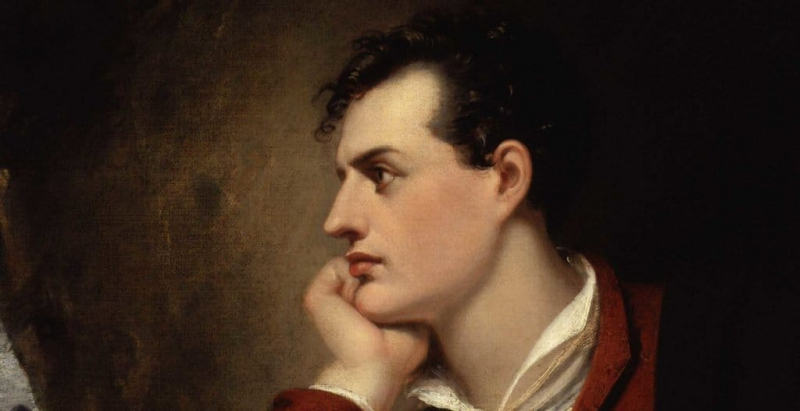
Photo: Historic UK -
The next fact about Alfred Lord Tennyson is that the first edition his works appeared in 1827. From 1816 until 1820, Tennyson attended King Edward VI Grammar School in Louth. After enrolling at Trinity College in Cambridge, he became a member of the Cambridge Apostles, a covert organization. Trinity's collection includes a George Frederic Watts portrait of Tennyson. Tennyson made his closest pals, Arthur Hallam and William Henry Brookfield, at Cambridge. "Poems by Two Brothers", a collection of "his childish rhymes and those of his elder brother Charles," was his debut work and was released in 1827.
For one of his early works, "Timbuktu," Tennyson received the Chancellor's Gold Medal at Cambridge in 1829. According to the report, "winning the chancellor's gold award was deemed to be no little honor for a young man of twenty. "Poems Chiefly Lyrical, his debut solo collection of poetry, was released in 1830. This collection contains "Claribel" and "Mariana," two of Tennyson's most well-known poems that have since gained prominence. Despite being criticized by some as being too emotional, Tennyson's work quickly gained popularity and drew him to the attention of other notable authors of the day, such as Samuel Taylor Coleridge.
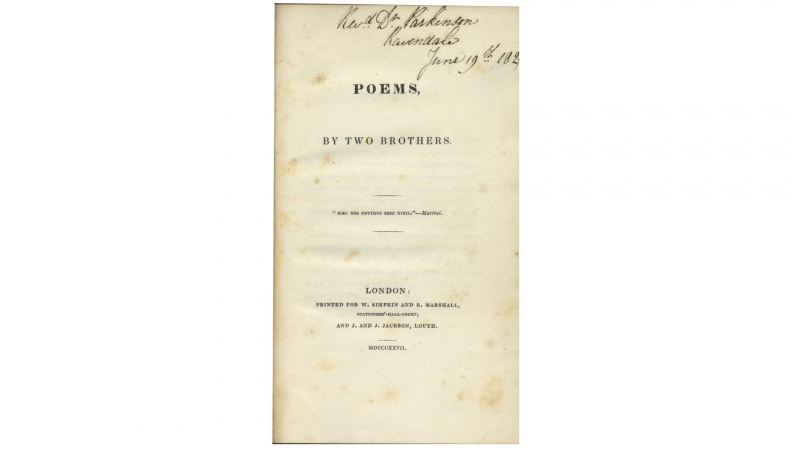
Photo: Nate D. Sanders 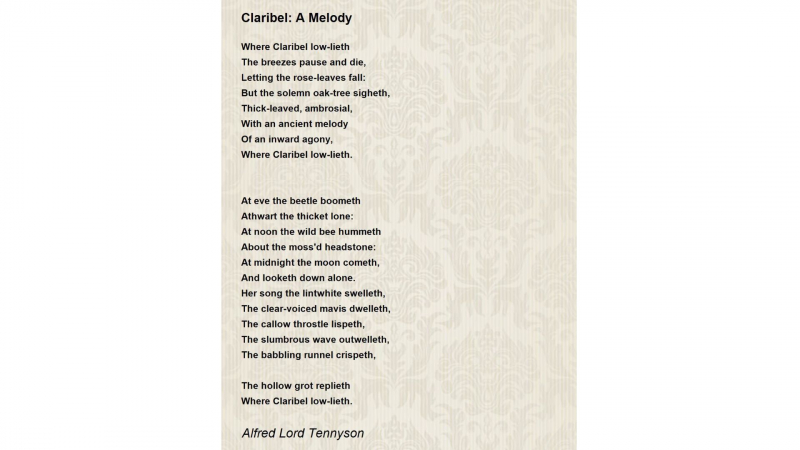
Photo: Poem Hunter -
Tennyson published his second collection of poems in 1833, which is notable for containing the initial draft of "The Lady of Shalott." Inspired by the short prose work Donna di Scalotta from the 13th century, it depicts the tragic tale of Elaine of Astolat, a young aristocrat who becomes trapped in a tower far away from Camelot. One of the poet's most well-known pieces, its vivid medieval romanticism and mysterious symbolism served as an inspiration to a number of painters, particularly the Pre-Raphaelites and their adherents, as well as other artists and authors. It lightly adapts medieval sources to reinterpret Arthurian subject matter, similar to his other early works like "Sir Galahad." The poem was written by Tennyson twice, once in 1833 with 20 stanzas and again in 1842 with 19 stanzas.
Tennyson was discouraged by the volume's harsh reviews, which prevented him from publishing for ten years even though he continued to compose. Hallam passed away unexpectedly and suddenly the same year while on vacation in Vienna due to a brain hemorrhage. Tennyson was profoundly affected by Hallam's passing, which resulted in a number of poems, including "In the Valley of Cauteretz" and "In Memoriam A.H.H.," a lengthy poem that describes the "Way of the Soul".
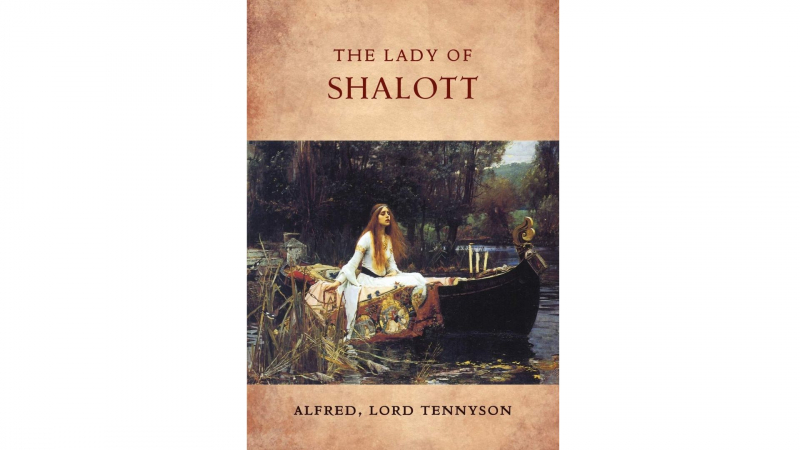
Photo: Amazon.com 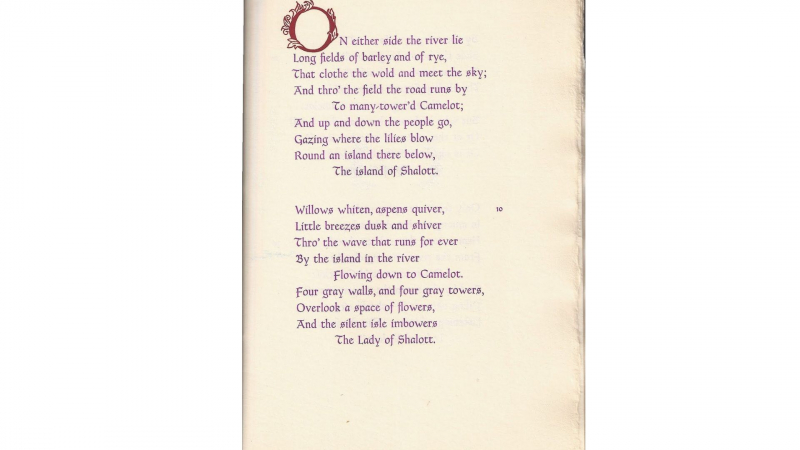
Photo: Pinterest -
Elizabeth Barrett Browning and Leigh Hunt were other candidates for the office of Poet Laureate in 1850, following the passing of William Wordsworth and Samuel Rogers' rejection. The longest tenure of any laureate, he kept the post until his own death in 1892. When Princess Alexandra of Denmark arrived in Britain to wed the future King Edward VII, Tennyson wrote a poem to greet her as one of the duties of the job. Tennyson wrote "The Charge of the Light Brigade," one of his best-known compositions, in 1855 as a theatrical ode to the British cavalrymen who took part in a foolish charge on October 25, 1854, during the Crimean War. "Ode on the Death of the Duke of Wellington" and "Ode Sung at the Opening of the International Exhibition" are two other renowned works composed while holding the position of Poet Laureate.
Between 1856 and 1876, Alfred produced some of his most notable works, which included a collection of interconnected narrative poems about King Arthur and the Round Table. Since one section was written in 1833 and the second part wasn't made public until 1884, this project nearly took him 20 years to complete. It comprises 12 blank-verse stories (the idylls), a dedication to the Prince Consort, an epilogue addressed to the Queen, and scenes from Merlin, Arthur, Guenevere, and Lancelot's time at court. In addition, personal anecdotes discuss the negative impact that sexual passion has on society. Guenevere and Lancelot's secret romance destroyed the round table. This is also the last fact about Alfred Lord Tennyson Toplist want to mention!
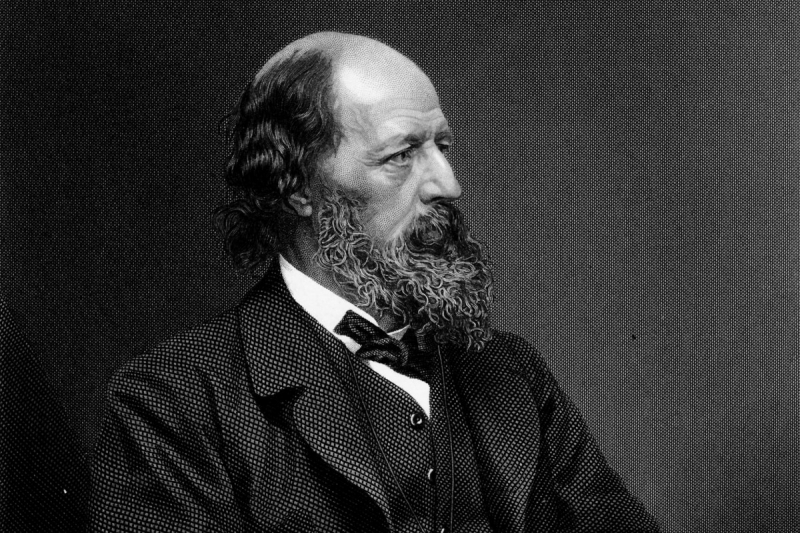
Photo: Poetry Foundation 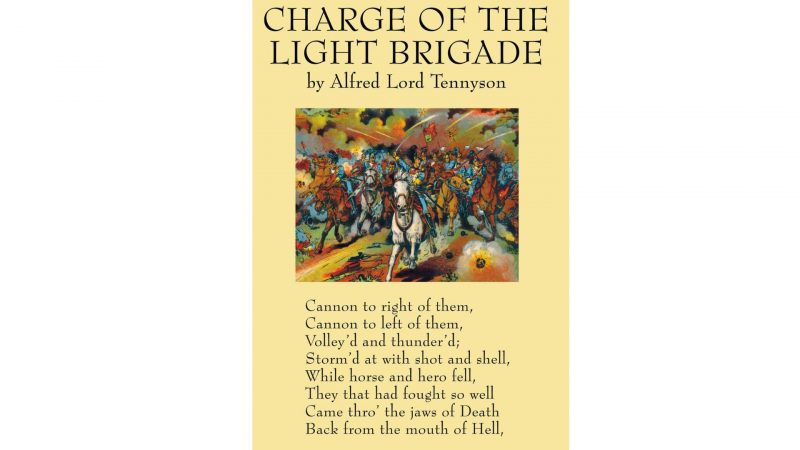
Photo: Canvas Wall Art Prints






